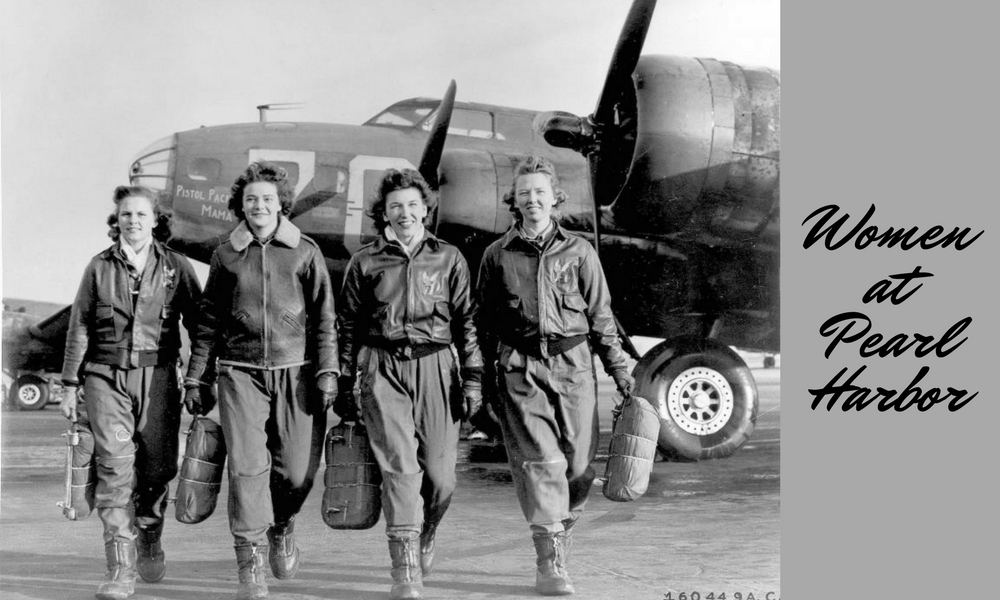Women at Pearl Harbor

The Japanese attack on Pearl Harbor has remained a very significant day in American history. Spurring America’s entrance into World War II, Pearl Harbor Day is culturally marked as both a historic and somber day. While often remembered for inciting American patriotism and participation in the war, it also marked an important day for women. Keep reading to learn more about the vital roles women at Pearl Harbor played, and subsequently, World War II in its entirety.
Women At Pearl Harbor
World War II took place in the 1940s, when women historically garnered no praise for their strength or industrialism. Instead, they typically stayed confined to traditional gender roles of wifedom and motherhood. Even in military settings, many in the U.S. believed women should pursue roles outside of combat, including nursing or telegraphing. Stationed at Pearl Harbor, they made the best of a difficult situation. Furthermore, they got a chance to rise to the occasion and display their strengths as soon as tragedy struck.
The attacks began as early as 6:00 a.m., and for many women, it marked their first tangible experience with war. Several women working as telegraphing journalists wrote and successfully published incredibly raw testimonials of the horror they witnessed that day. Female nurses worked tirelessly under intense pressure to help the seriously wounded. They also contributed to American unity and togetherness during the heartbreaking bloodbath. The Pearl Harbor Visitors Bureau states, “The women who held everything together that infamous morning proved that women are capable of much more than they were thought to be.”
Following the attack, women continued to rise to the occasion and demonstrate their abounding strengths.
Just four days after the brutal attack and battle, the Bureau of the Budget stopped thwarting the expansion of female military divisions. Then, plans to create a Women’s Army Auxiliary Corps actually materialized. By the end of the war, over 150,000 American women had made noble contributions to the Women’s Army Corps. In total, 350,000 US women had served in uniform both overseas and on the home front. Pearl Harbor Day not only signified America’s presence in and entry to World War II, but signified groundbreaking progress in terms of American male-female equality.
Pearl Harbor sparked a movement inspiring and promoting the industrialization of women, noted by the familiar figure Rosie the Riveter. Rosie’s popular and patriotic strength manifested into reality, as women assumed critical technical and combative roles. These ranged from assembling and building airplanes and other combat material to enlisting in the draft themselves. Even though not all of these women remained at jobs during the economic rebuilding that took place in America after the war, it is true that the number of women in the work force never fell to pre-war levels again.
